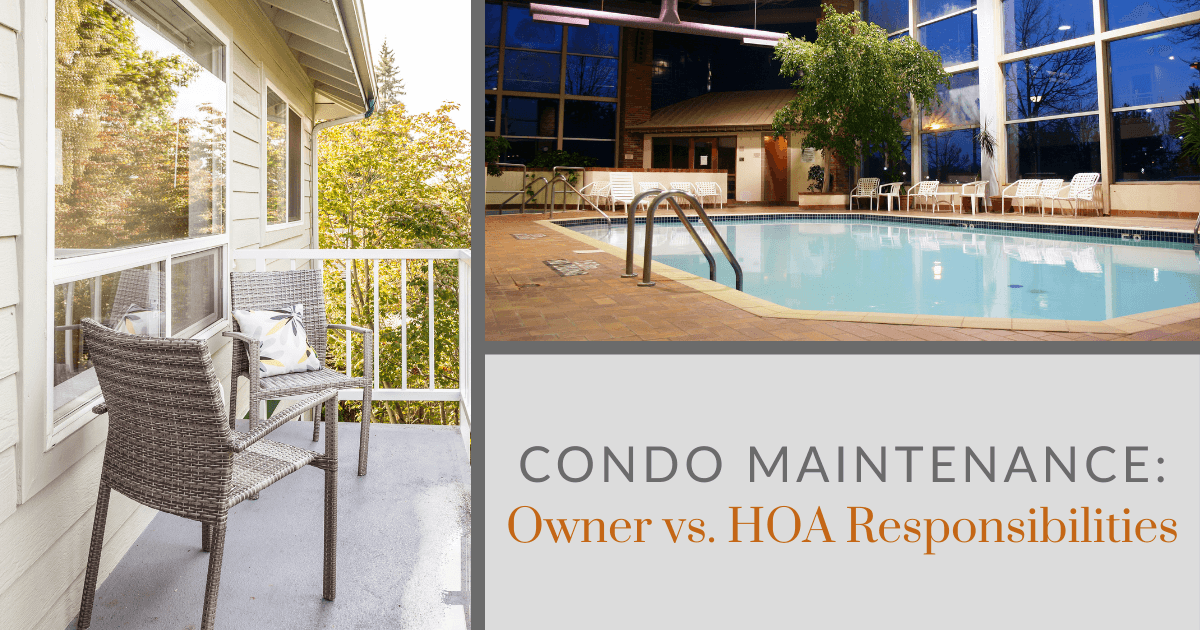Explore the Future of HOA Condo Dope
The Function of an HOA in Developing and Enforcing Neighborhood Guidelines for Locals
The role of a Homeowners Association (HOA) in imposing and developing community guidelines is fundamental to preserving a organized and cohesive property environment - hoa condo. By developing clear policies that control facets such as property upkeep and community conduct, the HOA not just establishes standards for locals yet additionally fosters a sense of belonging and liability. The implementation of these guidelines can provide numerous difficulties, increasing questions about neighborhood, justness, and communication interaction. As we discover these complexities, it ends up being evident that the impact of an HOA extends far past plain rule enforcement.
Recognizing Homeowners Associations
Homeowners organizations (HOAs) work as regulating bodies for property communities, playing a vital role in maintaining building worths and cultivating a feeling of area. Generally created by designers, HOAs are composed of home owners within an assigned area who choose a board to look after the association's activities. The key functions of an HOA include implementing community guidelines, handling common areas, and organizing area occasions.
HOAs operate under a collection of governing papers, consisting of constraints, agreements, and conditions (CC&R s), which outline the rights and responsibilities of property owners. These laws aim to guarantee that properties are maintained to a specific criterion, thereby securing the visual allure and total worth of the community. Additionally, HOAs frequently gather dues from homeowners to money upkeep, landscaping, and various other neighborhood solutions.
The visibility of an HOA can significantly influence the living experience within a community (hoa condo). While some locals value the organized setting and services offered, others may locate particular guidelines limiting. Stabilizing the rate of interests of all home owners is vital for an HOA to operate successfully, making sure that it serves its designated purpose of improving community living while valuing individual house owner legal rights
Establishing Area Standards

To begin, an HOA needs to carry out surveys or convene that permit residents to articulate their pointers and problems. This participatory process cultivates a feeling of possession and increases compliance. Next off, the HOA board have to analyze the feedback to identify typical styles and priorities that warrant formal inclusion in the standards.
It is additionally necessary to make sure that the guidelines are clear, succinct, and conveniently understood. Ambiguities can result in conflicts and misunderstandings, threatening the purpose of the standards. Additionally, the standards need to be thorough, covering different facets of community living, including home upkeep, sound degrees, and use typical locations.
Enforcement of Rules
Efficient enforcement of area rules is crucial for keeping order and making sure that all residents stick to the developed guidelines. An HOA needs to carry out a structured approach to implement these laws, which usually involves a combination of tracking, interaction, and fines for non-compliance.
First, normal evaluations and community patrols can aid determine offenses, making sure that rules are constantly applied throughout the neighborhood. This aggressive tracking permits the HOA to attend to concerns before they intensify, promoting a feeling of liability among residents.
Second, clear communication is necessary. Citizens need to be informed of the guidelines and the treatments for reporting violations. An open line of interaction urges homeowners to voice concerns and look for clarification on standards, which can improve conformity.

Finally, when violations take place, the HOA should impose consequences as detailed in the regulating documents. By efficiently imposing regulations, an HOA can grow an unified living setting that shows the collective values of its homeowners.
Advantages of HOA Rules
Various benefits arise check my blog from the application of HOA regulations, which serve to boost the quality of life within an area. One key benefit is the upkeep of residential property worths. By imposing standards for aesthetics and upkeep, HOAs make certain that homes and usual locations continue to be attractive, promoting a preferable living environment that can cause increased building values over time.
Additionally, HOA regulations promote uniformity and harmony within the area. look at here This comprehensibility in design and maintenance assists to create a feeling of belonging among citizens, adding to neighborhood satisfaction and a favorable atmosphere. Moreover, established guidelines assist in conflict resolution among neighbors by providing clear expectations and methods for habits, thus reducing conflicts.
Another substantial advantage is the stipulation of common services and solutions. Lots of HOAs manage neighborhood centers such as parks, clubhouses, and pools, which boost leisure opportunities for locals. These facilities not only improve the lifestyle but also urge social communication.
Ultimately, the policies established forth by an HOA grow an efficient, unified area, making sure that citizens appreciate a high requirement of living while cultivating an encouraging environment for all house owners.
Typical Difficulties Dealt With by HOAs
In the middle of the advantages that property owners associations (HOAs) can provide, they likewise come across a variety of difficulties that can impede their effectiveness. Lots of homeowners may not get involved in conferences or neighborhood tasks, leading to a disconnect between the HOA board and homeowners.
Another obstacle is the enforcement of regulations and guidelines. Conflicts can arise when residents feel that enforcement is irregular or prejudiced, potentially resulting in disputes within the community. Furthermore, HOAs usually face monetary restrictions, which can limit their capability to keep typical areas or fund neighborhood projects. This can create frustration amongst citizens that expect high criteria of maintenance.
Furthermore, navigating lawful intricacies can be intimidating for HOAs. They need to make sure compliance with state legislations while handling their own regulating documents, which can be a source of complication. Lastly, progressing and transforming demographics community needs require HOAs to adjust their guidelines, often satisfying resistance from long-lasting homeowners who are accustomed to typical standards. Addressing these challenges is critical for fostering a harmonious and flourishing area.
Conclusion

By developing clear guidelines that govern elements such as home upkeep and area conduct, the HOA not just establishes standards for residents however likewise fosters a sense of visit their website belonging and accountability.Homeowners organizations (HOAs) offer as controling bodies for residential communities, playing a crucial duty in maintaining building values and fostering a sense of neighborhood. Several home owners may not take part in meetings or community tasks, leading to a separate in between the HOA board and locals. Evolving and transforming demographics area needs require HOAs to adjust their guidelines, usually satisfying resistance from long-lasting residents who are accustomed to typical norms. Through the advancement of clear regulations and consistent enforcement, HOAs advertise residential property maintenance, area pride, and depend on amongst homeowners.